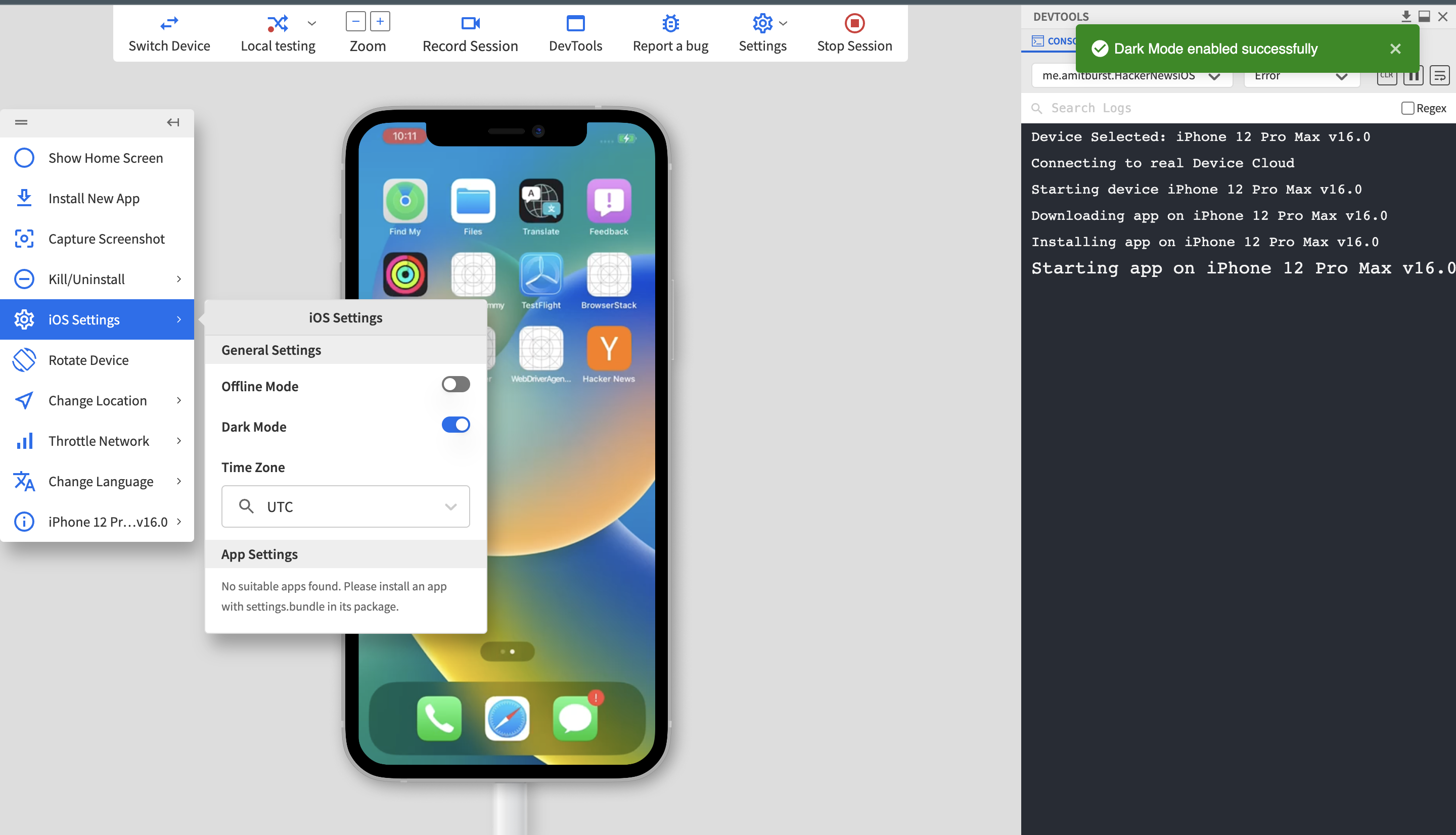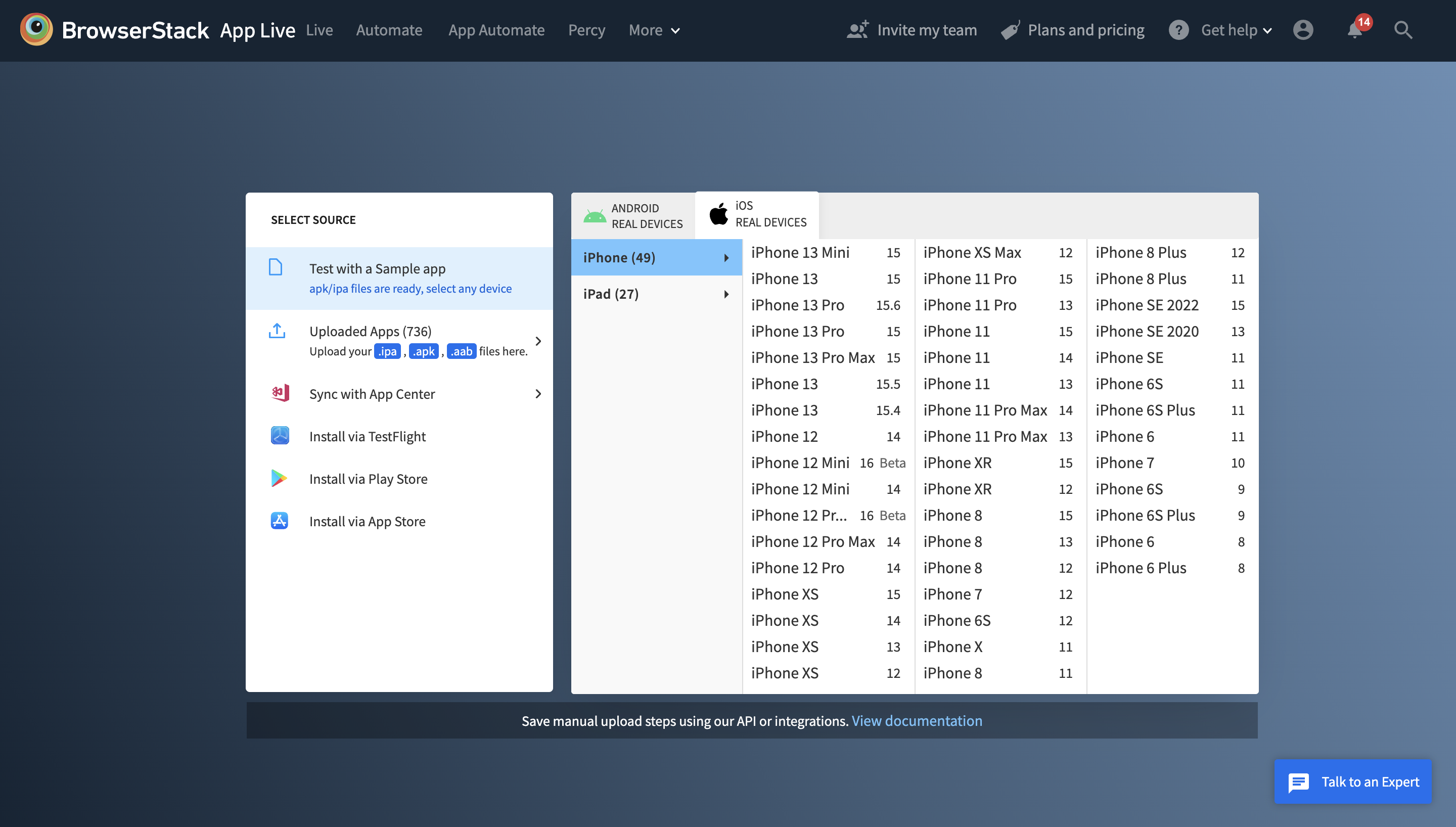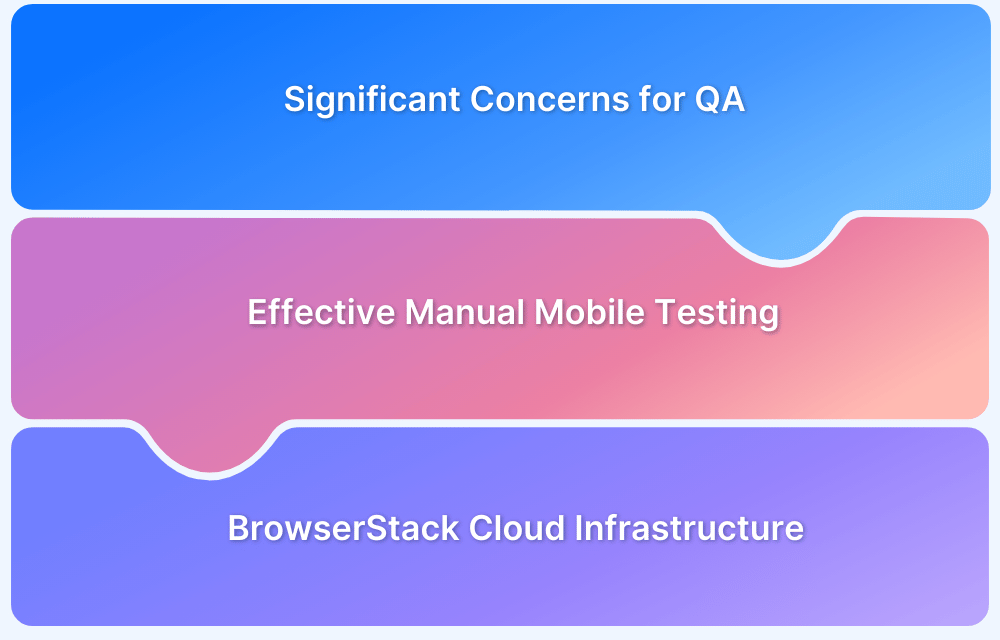Testing across multiple devices is essential to ensure a seamless user experience, but managing physical devices can be challenging. A mobile device farm provides a scalable solution, allowing teams to remotely test applications on a wide range of real devices.
Overview
A mobile device farm is a cloud-based or on-premise testing environment that provides access to a wide range of real devices, operating systems, and network conditions. It helps to ensure compatibility, performance, and reliability before deployment.
Mobile Device Farm Importance
Here are the reasons why mobile device farm is essential:
- Real-World Testing: Test on actual devices to detect real-world issues.
- Cross-Device Compatibility: Ensure apps work across different models, OS versions, and screen sizes.
- Scalability: Access multiple devices simultaneously for efficient parallel testing.
- CI/CD Integration: Automate real-device tests to streamline development workflows.
- Network Condition Simulation: Test app performance under different network speeds and conditions.
- Cost-Effective: Eliminates the need to maintain an in-house device lab.
- Bug Detection: Identify and fix device-specific issues before production.
- Global Coverage: Test apps on devices used by users worldwide.
What is a Mobile Device Farm?
A device farm is a cloud-based environment that offers remote access to real devices, browsers, and operating systems for software testing purposes. A mobile device farm is the same thing, only one offering access to real mobile devices.
Populated with the latest and older devices, browsers, browser versions, and mobile platforms, the mobile device farm allows QAs to run diverse tests without acquiring physical mobile devices.
Depending on the device farm in question, QAs should be able to run manual and automated tests on both websites and apps. Such farms intend to facilitate software testing in real user conditions so that testers can detect and eliminate bugs before they move to production and disrupt the user experience.
Why build a Mobile Device Farm?
As the number of mobile device users continues to grow, any software aiming for significant user adoption must be mobile-friendly. Whether it’s a website or an app, it should run seamlessly across different screen sizes, resolutions, mobile browsers, and operating systems.
Mobile device fragmentation poses a challenge in this regard. Given the number of device manufacturers, models, hardware specifications, and software versions in the market, users access the Internet from wildly different tech environments.
Android device fragmentation alone makes it challenging to create large-scale software that works across devices and platforms. With many different Android OS versions available and operational in the digital world, Android apps must be tested on thousands of device-browser-OS configurations to be usable by a global or even regional customer base.
Moreover, Android isn’t the only OS in existence. Other OSes like iOS and Windows also have their stake, further multiplying the fragmentation issue. Overall, any app that wants to appeal to a broad audience must be tested through infrastructure that allows for real device testing, especially on real mobile devices.
Therefore, building your mobile device farm offers various advantages.
- Ensure Seamless User Experience: With billions using mobile devices, apps, and websites must work flawlessly across various models and platforms.
- Maintain Full Control & Security: A self-hosted device farm keeps testing data private, making it ideal for businesses with strict security policies.
- Customize the Testing Environment: Teams can configure devices, operating systems, and network conditions to match real-world usage.
- Scale Testing Efficiently: In-house device farms let teams test on multiple devices simultaneously, reducing delays and dependencies on third-party services.
- Reduce Long-Term Costs: Businesses can invest in their device farm instead of paying for cloud-based services to cut recurring expenses.
- Enable Offline & Local Testing: Unlike cloud solutions, an in-house device farm allows testing without an internet connection.
- Speed Up Debugging & Development: Direct access to real devices helps developers reproduce, diagnose, and fix issues quickly.
- Optimize Performance: Teams can track CPU, memory, battery usage, and network performance to fine-tune app performance.
A mobile device farm can be expensive to set up and maintain. An alternative is a cloud-based mobile device farm, where a reliable third party handles device installation, configuration, and maintenance.
Why choose a third-party Mobile Device Farm?
Managing a mobile testing infrastructure can be complex and expensive. A third-party mobile device farm offers a hassle-free alternative to setting up and maintaining your own device farm.
It provides instant access to a wide range of real devices, enabling efficient testing without the burden of hardware management. Some benefits of a third-party mobile device farm include:
- Lower Upfront Costs: You only pay for a subscription, avoiding the high initial investment required to build an in-house device farm.
- No Device Maintenance: The provider handles device updates, replacements, and management, reducing operational workload and personnel costs.
- Less Infrastructure, Faster Tests: Without the need for a physical setup, you can run tests quickly and efficiently while keeping costs low.
- Easier Scalability: You can instantly test on new devices and OS versions without purchasing additional hardware.
- Anywhere, Anytime Access: A cloud-based device farm lets your team test from anywhere, making it ideal for distributed teams.
The Mobile Device Farm at BrowserStack
On-demand access to 3500+ real browsers & devices lies at the core of the BrowserStack solution. However, that’s not all. On BrowserStack, expect:
- An exhaustive range of real mobile devices (Android, iOS, Windows, Google Pixel, Vivo, Oppo, Huawei, Samsung, and OnePlus) are configured for website and app testing.
- Tools to debug apps & websites instantly using device logs, browser console and network logs, crash logs, video recordings, and screenshots for every test. Even go Offline Mode and Dark Mode for app testing.
- Local Testing for testing on internal dev and staging environments. Creates a secure, persistent tunnel between your local development/staging environments and the BrowserStack Cloud.
- Parallel testing to accelerate by running tests simultaneously across mobile devices – reducing test execution time by more than 10x.
- Integrations with tools and frameworks to facilitate automated testing, CI/CD alignment, app distribution, and more.
- Accessibility testing to ensure accessibility for disabled or otherwise challenged users.
- Speed testing to check website speed on popular mobile devices across manufacturers and platforms.
- Uncompromising security & privacy. BrowserStack is SOC2 Type 2 and GDPR compliant. It also ensures pristine devices for each test. All browsing data is completely destroyed with every logout.
- Devices are available for everyone, all the time, without any setup
If you’re new to cloud-based testing, you could also look at the BrowserStack Test University, a free repository of courses designed to introduce and sharpen software skills. Users can hone their abilities in this hands-on setup by running tests on BrowserStack Demo, a production-grade web app simulating real-world scenarios.
Conclusion
Apprehensions with building a mobile device farm are natural, especially for teams setting up a test infrastructure for the first time. A third-party mobile device farm provides the benefits of a device farm without redline-raising expenditure. Even for teams that intend to switch to on-premise options eventually, third-party device farms are an excellent tool to start building real device-based test strategies.
Companies like Canva, Intercom, Optimizely, and more trust the BrowserStack real device cloud to refine their test pipelines, scale tests, increase efficiency, reduce test time, and more.








